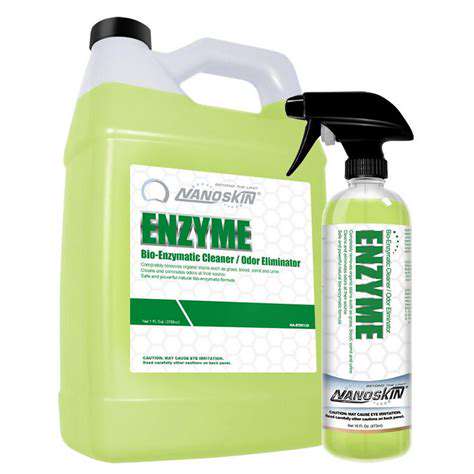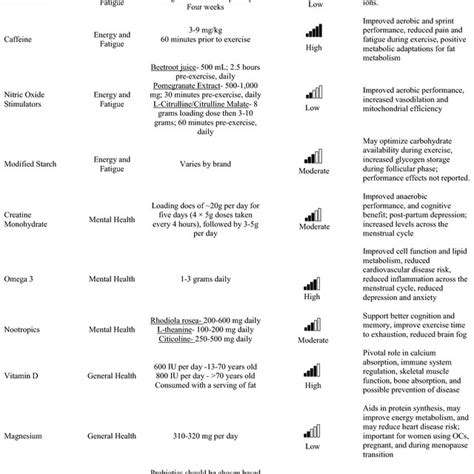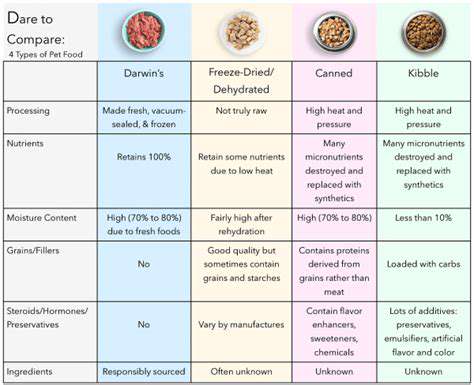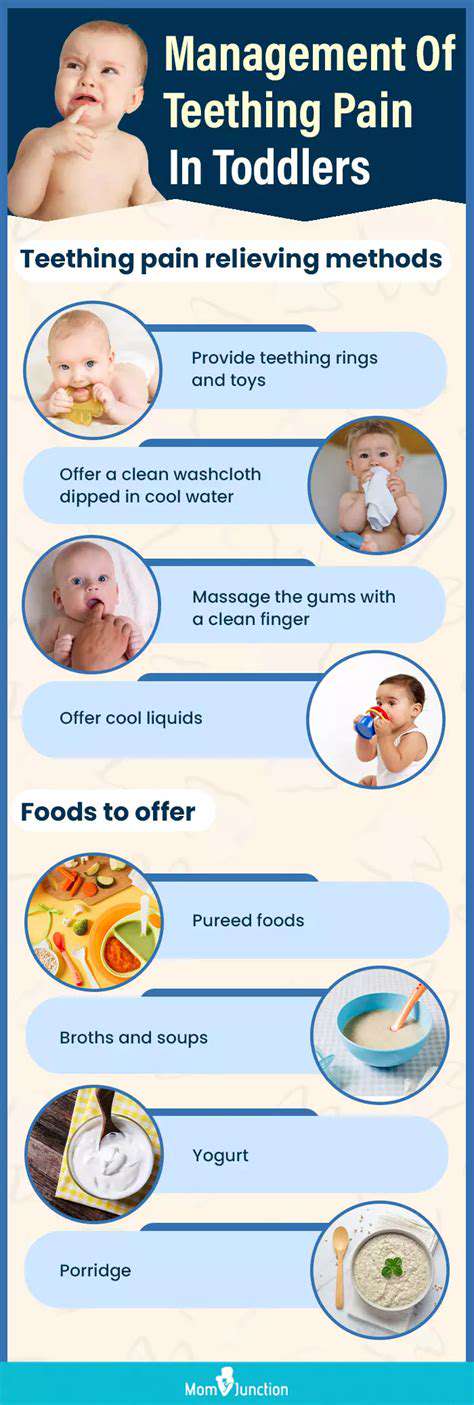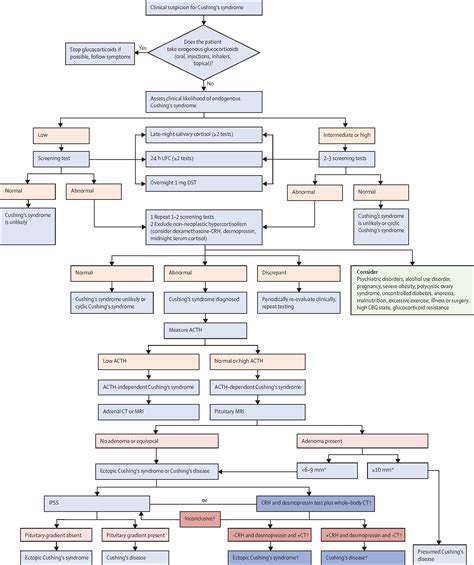Preparing Your Pet for a Vet Visit: Reducing Stress
Preparing your pet for a veterinary visit is crucial for a positive experience for both of you. A stressed-out pet can make a clinical examination and treatment more difficult, and even dangerous. Proactive measures taken at home can significantly decrease anxiety, leading to a smoother visit for your furry friend. This involves creating a calm and predictable environment for your pet in the days leading up to the appointment.
Familiar scents and routines can provide comfort. Keep their favorite toys and blankets readily available. Avoid overly stimulating activities in the hours before the visit. A calm and relaxed pet is more likely to cooperate during the visit, and this cooperation can be crucial to a successful examination and treatment.
Understanding Your Pet's Signals
Recognizing your pet's subtle cues is vital to understanding their level of anxiety. Pay close attention to body language—a tucked tail, flattened ears, or whimpering can indicate distress. Knowing these signs allows you to proactively address any potential anxieties and take steps to calm them.
Different pets exhibit anxiety in different ways. Some may show signs of agitation or restlessness, while others may become withdrawn or hide. Become familiar with your pet's typical behavior and learn to identify any deviations that might signal stress or discomfort.
Travel Strategies for a Smooth Ride
Traveling to the vet can be stressful for both pets and owners. A car ride can be a significant source of anxiety for many animals. To make the trip less stressful, acclimate your pet to the carrier beforehand. Use positive reinforcement methods to associate the carrier with positive experiences, like treats and praise.
Keep the ride as calm and quiet as possible. Avoid sudden stops or loud noises, and if possible, choose a route that minimizes distractions. A comfortable and familiar environment can significantly reduce travel stress for your pet.
Minimizing Vet Visit Stress
The veterinary clinic itself can be a stressful environment for pets, filled with unfamiliar sights, sounds, and smells. To minimize stress, consider bringing a familiar blanket or toy to provide comfort and security. A familiar scent can help ground your pet in a strange environment.
If possible, try to schedule appointments during less busy times. This can help reduce wait times and limit exposure to other animals and people. A shorter wait time translates to less stress for your pet.
Positive Reinforcement Techniques
Utilizing positive reinforcement techniques during the vet visit can significantly improve your pet's experience. Reward calm behavior with treats, praise, and gentle petting. This approach builds positive associations with the vet and the experience, fostering trust and cooperation.
Avoid punishment or scolding, as this can exacerbate anxiety and create negative associations. Focus on rewarding calm and cooperative behavior, making the visit a positive experience for your pet.
Post-Visit Care and Recovery
Even with the best preparation, some pets may still experience stress during a vet visit. Providing post-visit comfort and care can help them recover and reduce any lingering anxieties. Offer a comforting environment and extra attention, letting them rest and relax.
If your pet displays signs of ongoing distress, such as changes in appetite or sleep patterns, contact your veterinarian. Addressing any post-visit concerns promptly can help your pet recover from the experience and return to their normal routines.
Post-Visit Care: Supporting Your Pet's Recovery
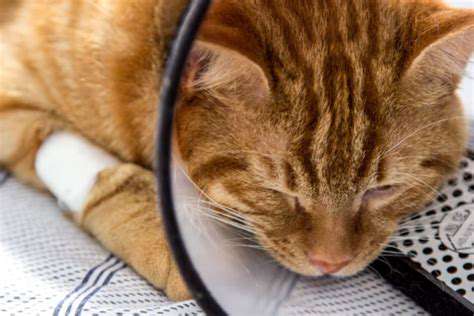
Post-Procedure Comfort and Recovery
Following any procedure, it's crucial to prioritize comfort and well-being. Taking it easy and listening to your body is paramount during the initial recovery period. This means avoiding strenuous activities and ensuring you have a supportive environment where you can relax and focus on healing. Adequate rest is essential for your body to repair itself efficiently.
Implementing simple pain management techniques, such as applying ice packs or using over-the-counter medications as directed, can significantly contribute to your comfort level. Keeping hydrated by drinking plenty of fluids helps with overall recovery and can aid in reducing discomfort.
Monitoring for Complications
Be vigilant in monitoring for any signs of complications. Unusual symptoms such as excessive bleeding, fever, or severe pain should be reported immediately to your healthcare provider. These could indicate a potential problem requiring further attention. Early intervention is often key to preventing complications from escalating.
Regularly checking the incision site (if applicable) for signs of infection, such as redness, swelling, or pus, is also important. Any change in the healing process should be discussed with your doctor.
Dietary Considerations
Proper nutrition plays a vital role in the healing process. A balanced diet rich in protein and nutrients aids in tissue repair and overall recovery. Consuming a diet rich in fruits, vegetables, and lean proteins promotes faster healing and strengthens your immune system. It's important to avoid foods or drinks that could hinder the healing process.
Medication Management
Adhering to your prescribed medication regimen is crucial for managing pain, reducing inflammation, and preventing complications. Following the dosage instructions and taking your medications as directed by your healthcare provider is essential for optimal results. If you have any concerns or questions about your medication, it's always best to consult with your doctor or pharmacist.
Taking medication with food or water as directed can significantly impact its effectiveness. Always consult your doctor about any potential drug interactions or side effects.
Activity Restrictions and Physical Therapy
Following your doctor's instructions regarding activity restrictions is vital for preventing setbacks in your recovery. Limiting strenuous physical activity and avoiding heavy lifting is often recommended in the initial healing phase. This allows your body to focus on repair without putting undue stress on the affected area.
Depending on the procedure, physical therapy or rehabilitation exercises may be recommended. These exercises, when prescribed, can help restore strength, flexibility, and range of motion. It's important to follow your therapist's guidance and instructions closely.
Emotional Well-being
Managing stress and promoting emotional well-being is just as important as physical recovery. Prioritizing mental health and coping mechanisms will greatly contribute to a positive and smooth recovery. Consider engaging in relaxation techniques like meditation, deep breathing, or spending time in nature.
Leaning on support systems, such as family and friends, can provide emotional comfort and assistance during this transition.
Follow-up Appointments
Adhering to scheduled follow-up appointments is essential for monitoring your progress and ensuring a successful recovery. These appointments provide valuable opportunities for your healthcare provider to assess your healing and address any concerns. Regular check-ups are crucial in detecting and resolving any potential issues early on.
Communicate openly with your doctor about any questions or concerns you have regarding your recovery. This open communication is key to ensuring a smooth and effective healing process.


